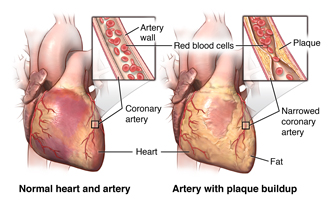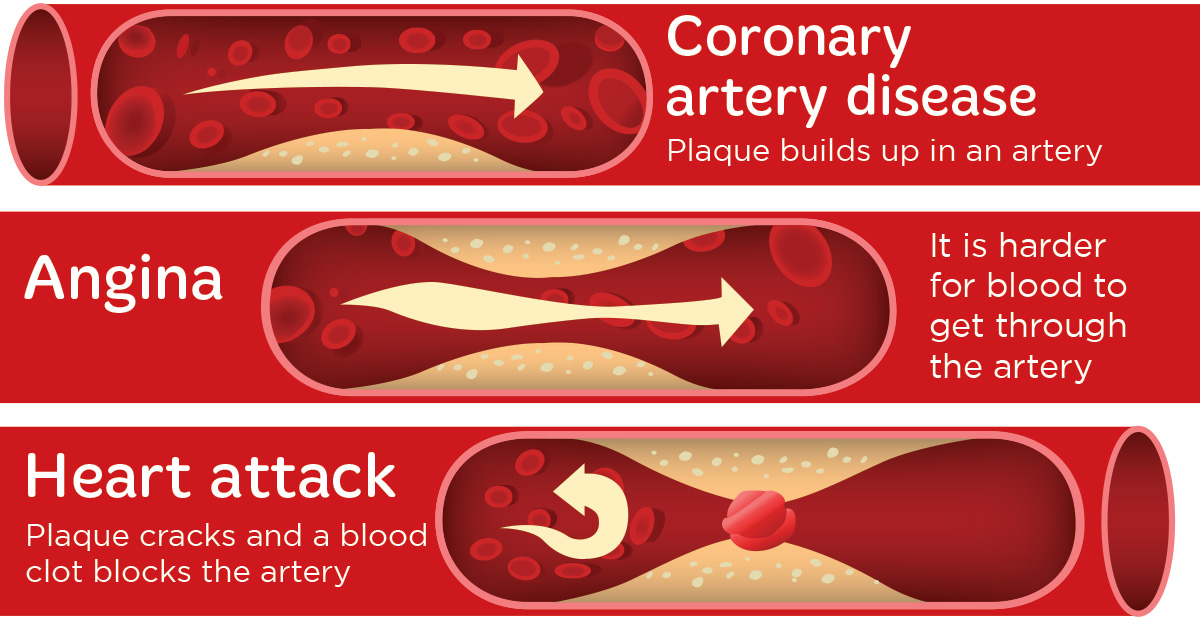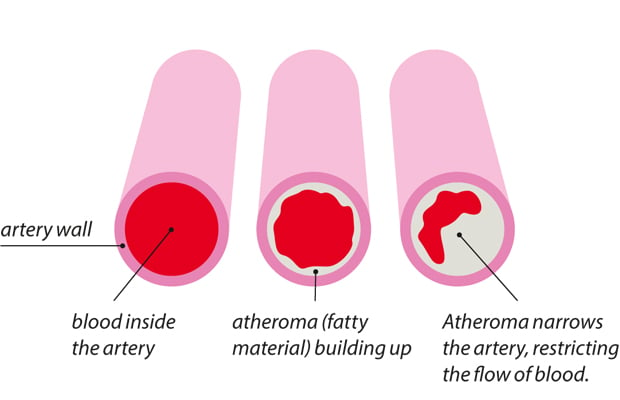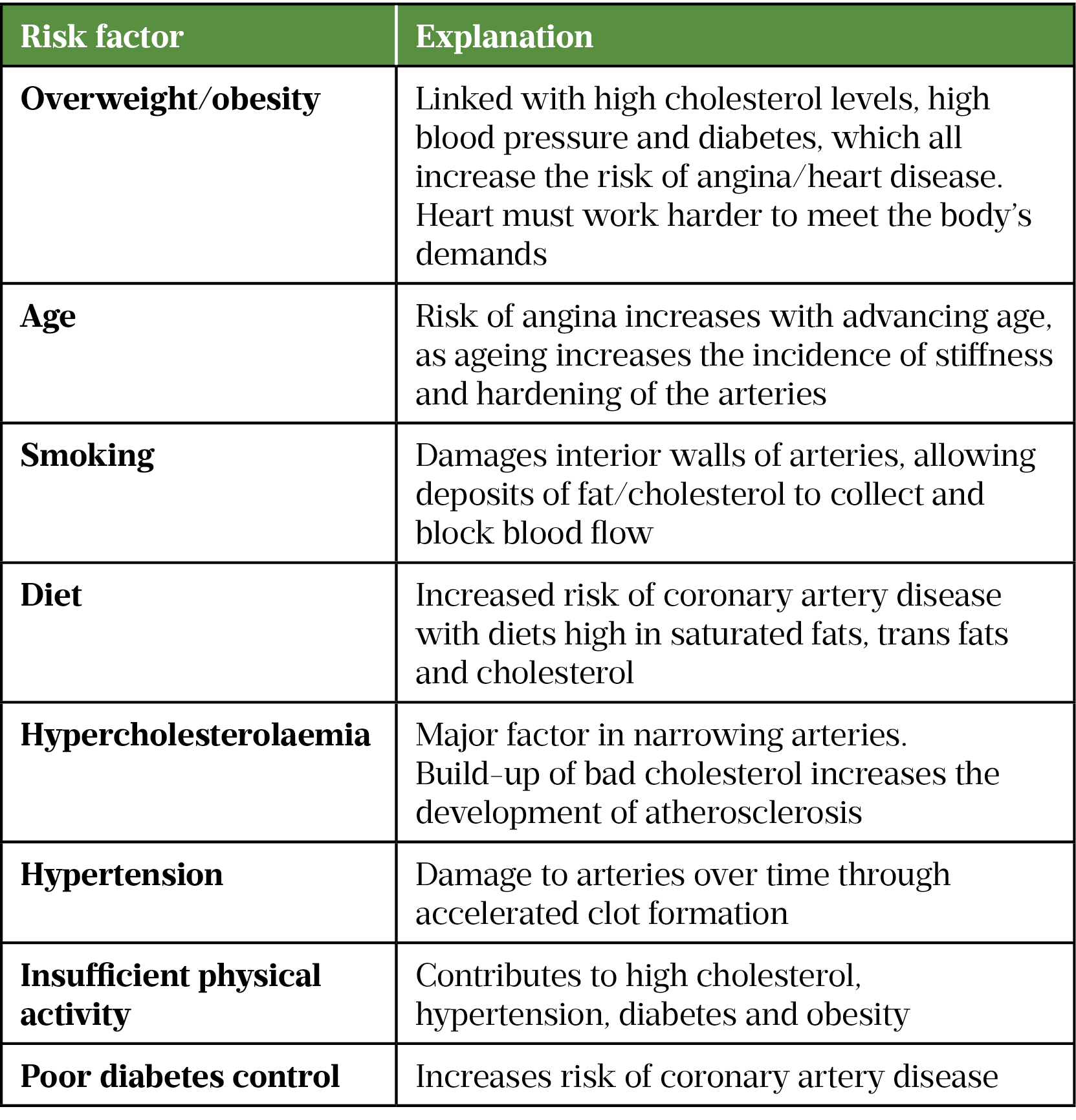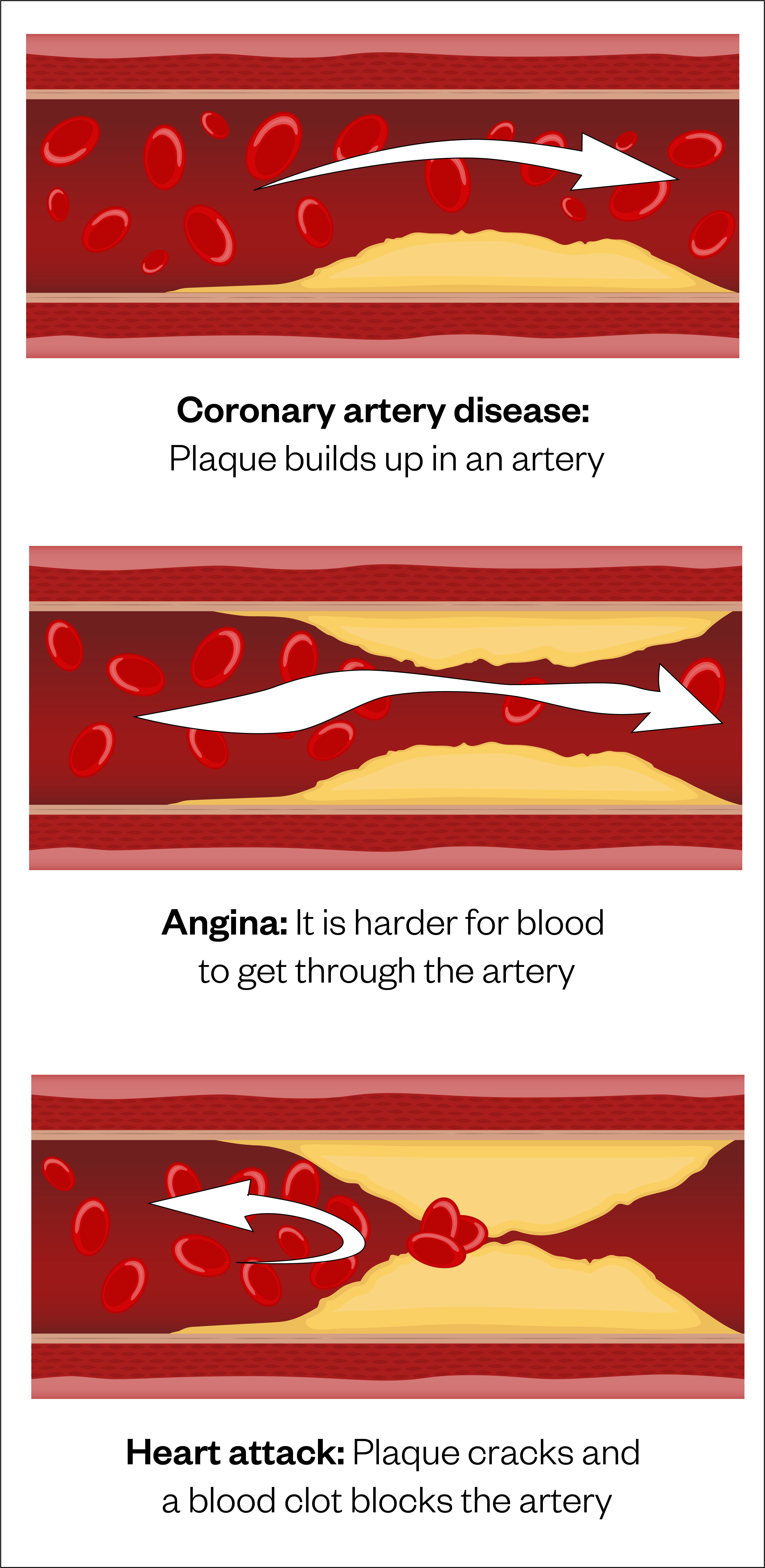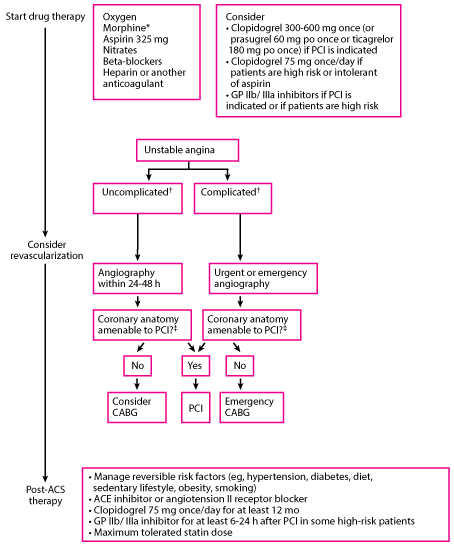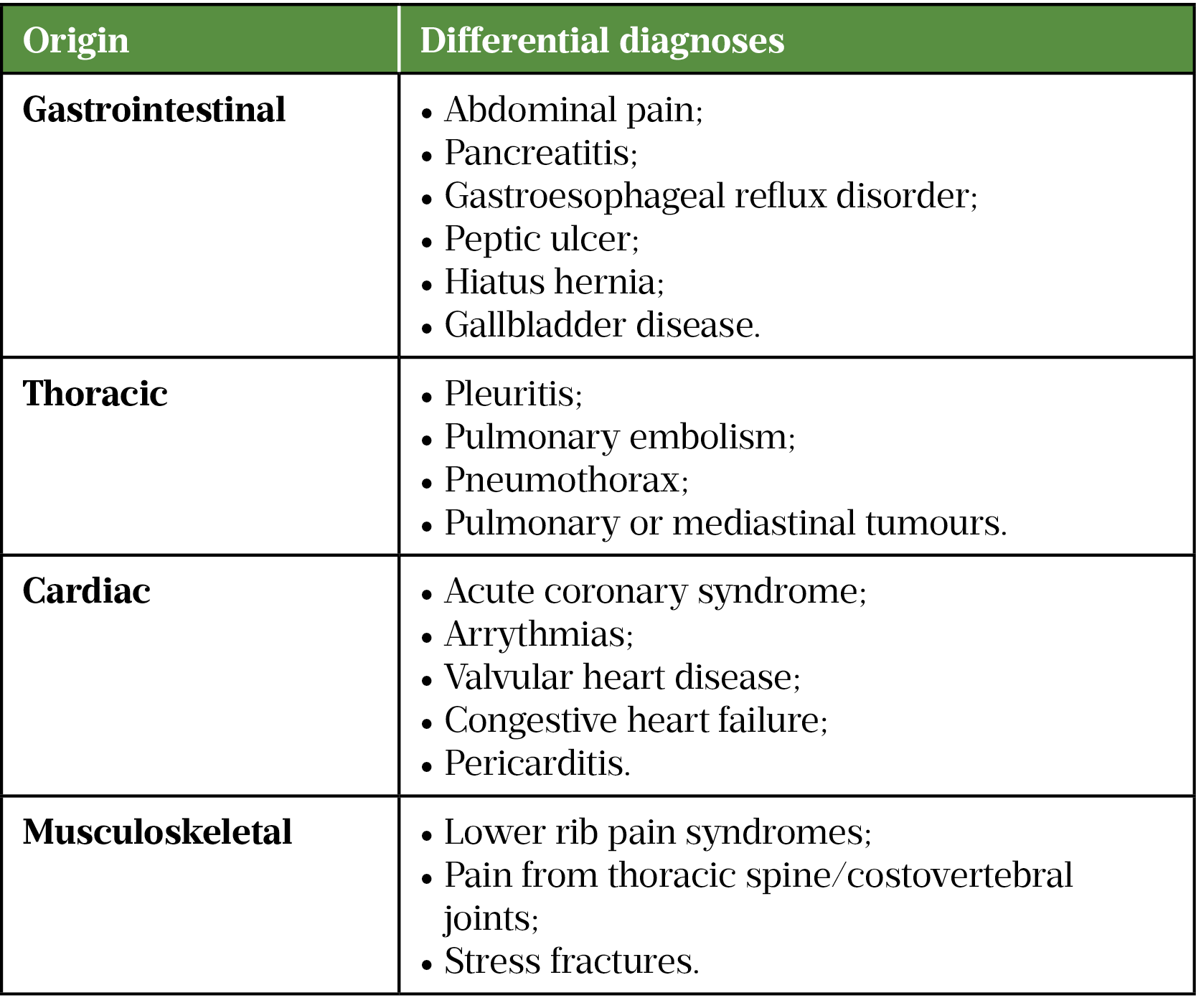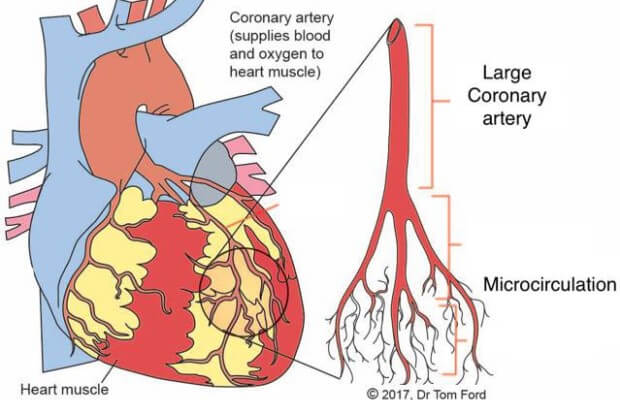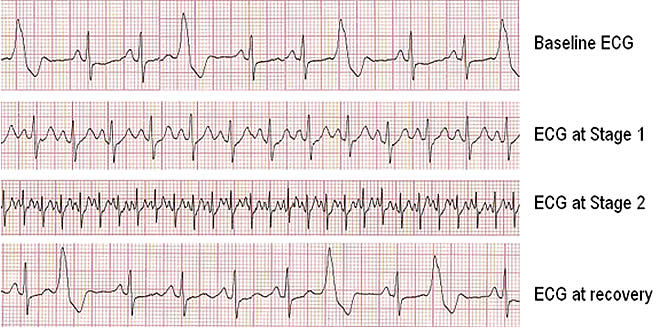Marvelous Info About How To Detect Angina
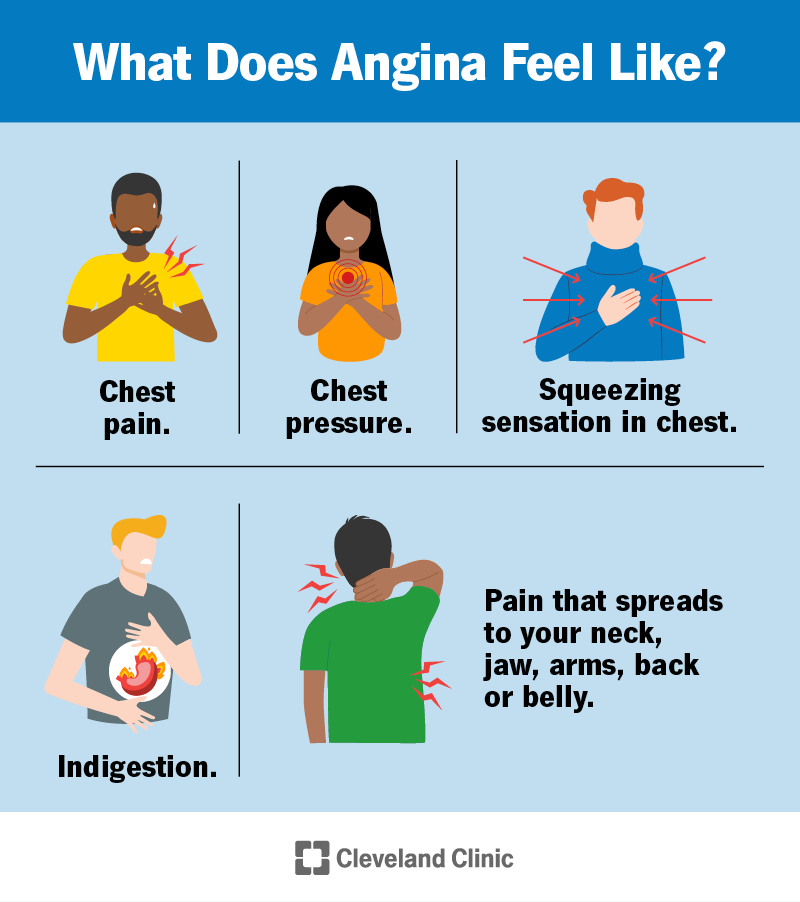
To diagnose angina, your health care provider will do a physical exam and ask questions about your symptoms.
How to detect angina. They will also order tests and give you medicines. Shortness of breath and pain in the centre of the chest can spread. An ecg done while you’re having symptoms can help your doctor determine whether chest pain is caused by reduced blood flow to the heart muscle, such as.
Blood tests check the level of cardiac troponins. What tests will be done to. Your doctor can suspect a diagnosis of angina based on your description of your symptoms, when they appear and your risk factors for coronary artery disease.
According to the american heart association, people suffering from angina can show all or some of the following symptoms: Invasive tests include drawing and testing samples of your. High levels of blood sugar and cholesterol raise the risk of atherosclerosis.
During an angina attack, the heart rate may increase slightly, blood pressure may go up, and with a stethoscope, doctors may hear a change in the heartbeat. This is either new chest pain or a change in your usual pattern of chest pain, whether it's worsening, lasting longer, or not being relieved by rest or medication. This test uses sound waves to create pictures of the beating heart.
Ecg may detect changes in the. Here are some of the most common symptoms of angina: Troponin levels can help doctors tell unstable angina from heart attacks.
Your provider will take your blood pressure and give you a physical exam. To diagnose angina, a doctor will do an assessment of your overall health. An echocardiogram can show how blood moves through the heart and heart valves.
:max_bytes(150000):strip_icc()/unstable-angina-1745300-FINAL-bc6591effb28413082e53696e8636ae7.png)


